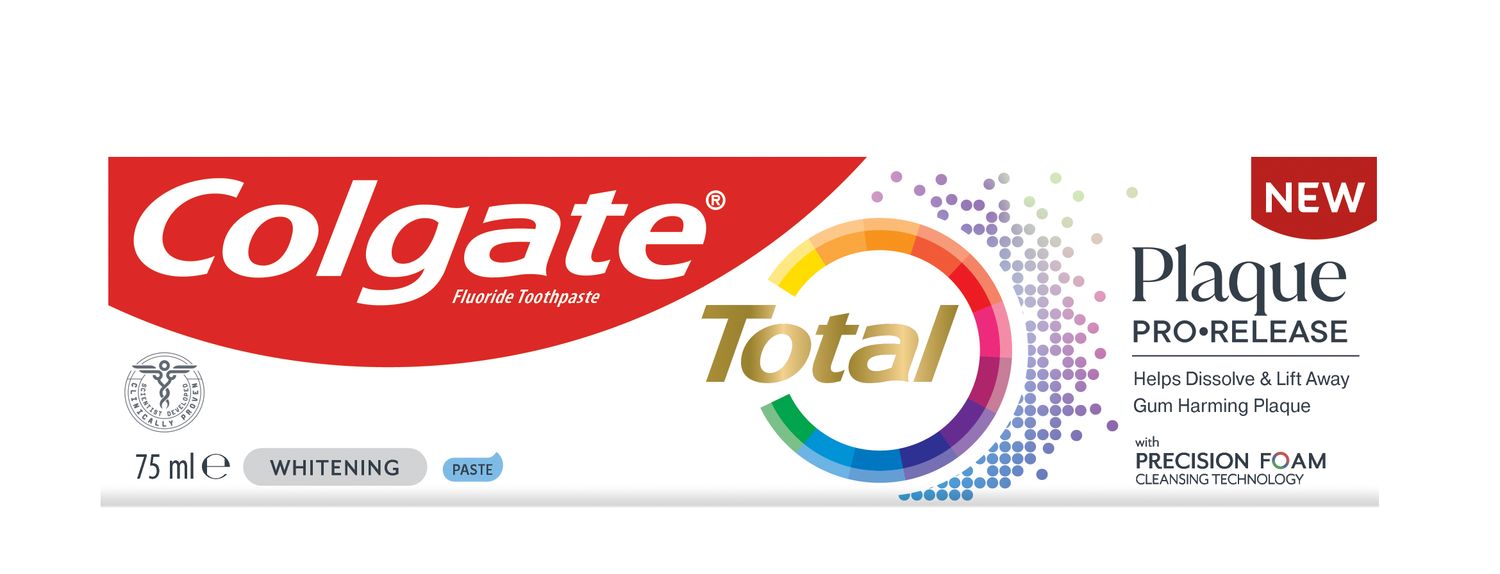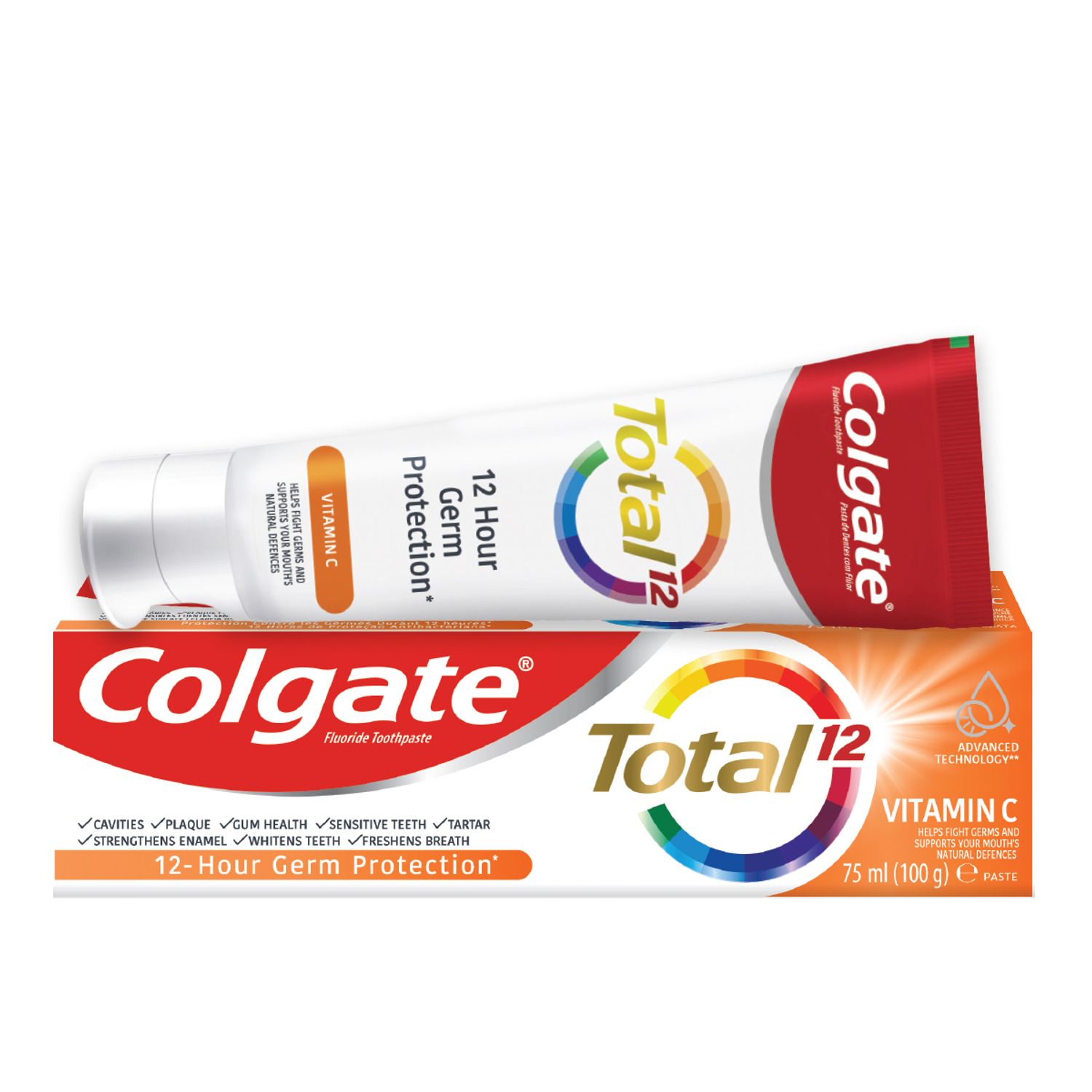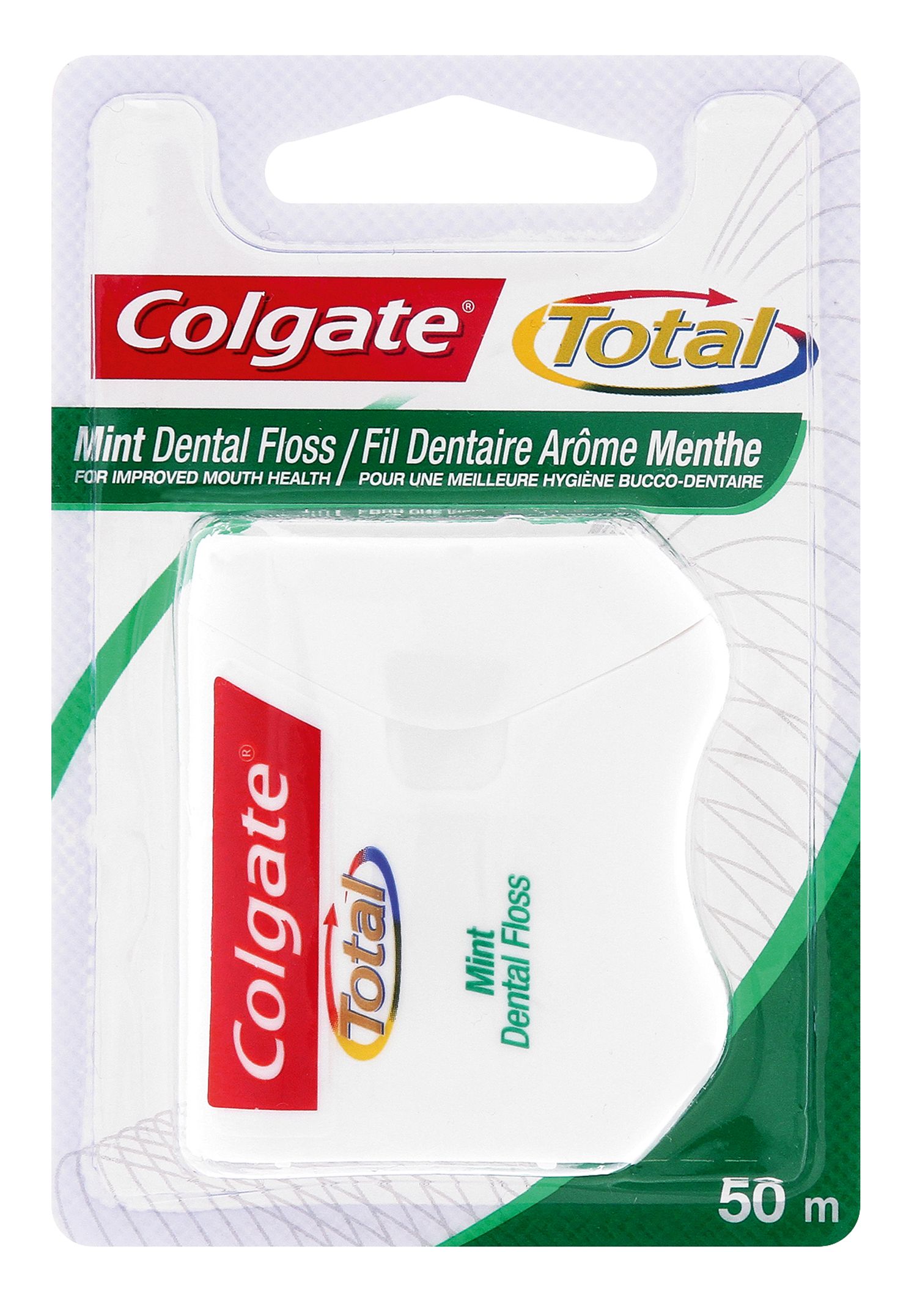-
-

CAVITIES
Can You Heal A Cavity At Home?You feel a sharp pain when you bite down or try to eat. You think it's a cavity, but you're not 100 percent sure...

BAD BREATH
How To Cure Bad BreathMore commonly known as bad breath, halitosis is an embarrassing hygiene issue that nobody wants, but some of us get every now and then...
-
Science & Innovation
- Colgate® | Toothpaste, Toothbrushes & Oral Care Resources
- Oral Health
- Adult Orthodontics
- A Quick Guide To Getting Braces


Braces are a common orthodontic option to straighten teeth for people who have crooked teeth or a misaligned bite. They apply pressure to the teeth on a continuous basis, which will eventually shift them into a more even alignment.
Preparing for Braces
If you're considering getting braces, it's a good idea to speak with your dentist first. Although some dentists apply braces themselves, this is more commonly done by an orthodontist – your dentist may decide to refer you to one. When you meet with the orthodontist, he will ask you questions about your health and perform a clinical exam. He will likely order a series of X-rays of your head and mouth, along with photographs and an impression that will be used to create a plaster model of your teeth. Once he has all the relevant information, the orthodontist will prescribe a plan of treatment best suited to your particular situation.
The Procedure
Typically, the orthodontist will begin by thoroughly cleaning and drying your teeth. Next, he will apply an adhesive substance to your teeth in order to attach the brackets. Once the brackets are in place, he will install the arch wire into the brackets and use elastic to secure them. The entire process usually takes between 1 and 2 hours. Though the procedure itself is not painful, it is not uncommon to feel some level of discomfort afterwards. Initially, your tongue and cheek will rub against the braces, which may cause some sensitivity, and your teeth may feel sore. Getting used to the braces will typically take about a week.
Caring for Your Braces
Once the braces have been placed on your teeth, it's important that you care for them properly in order to get the best results. Common dental practices, such as daily brushing and flossing, should be maintained. When brushing, it's important to clean your teeth thoroughly. Consider using a small interdental cleaning device to help you clean those hard-to-reach areas around your braces and orthodontic wires. As brushing will be more difficult with braces, you will need to spend more than two minutes a day to thoroughly clean around the brackets and remove plaque at the gum line.
When flossing, always use dental floss that is waxed to prevent it from getting stuck between your braces. Using a floss threader is key: first, cut a piece of floss that is about 45 centimetres in length, then place the floss through the floss threader, thread the floss just under the wire of your braces, and carefully pass it between the two adjacent teeth. Repeat this process, move the floss to a clean area, and repeat the back and forth motion with all of your teeth (upper and lower).
You will also need to pay particular attention to the foods you eat. Foods that are high in sugar may lead to excess plaque build-up that can cause damage to your teeth. Additionally, foods such as caramel, gummy candies, popcorn and nuts are good to avoid, as they can become lodged in the braces. Lastly, you should make sure to visit a dental professional for any subsequent
Related Products

Helping dental professionals
More professionals across the world trust Colgate. Find resources, products, and information to give your patients a healthier future











